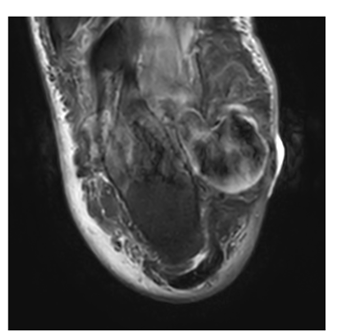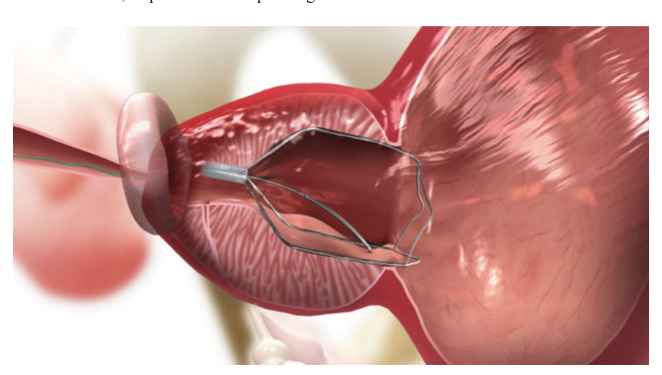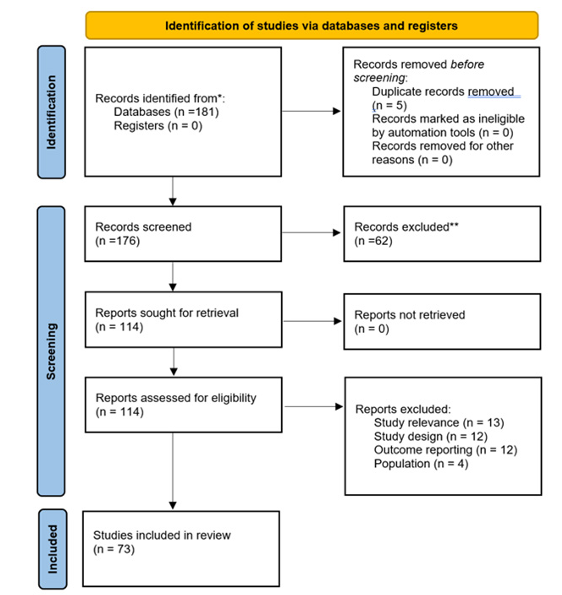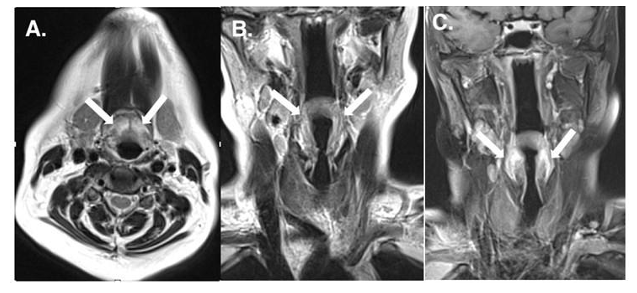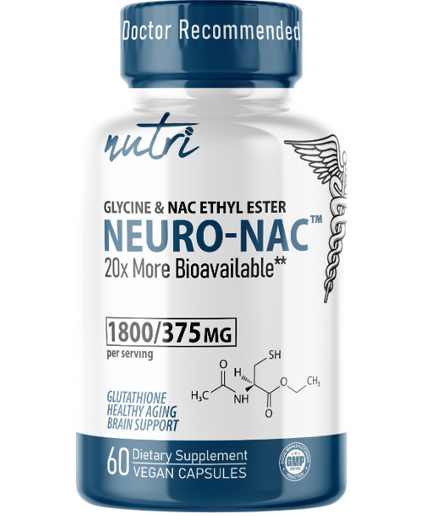Impact of COVID-19 on certain patient populations have been described extensively in several studies. However, the impact of COVID-19 on pregnant patients and how they can be safely man aged still remains elusive. We report a case of a 30-year-old Afri can American pregnant woman who presented with a six (6) day history of cough with whitish expectorant, exertional shortness of breath and diffuse generalized body aches. She was admitted and managed with a bolus dose of Remdesivir, however on day eight (8) she had symptoms of dyspnea, chest pain, fatigue and became diaphoretic and pale. Physical exam revealed severe bradycardia and EKG studies showed second degree Mobitz type 2 heart block.
A 22-day-old full-term previously healthy male infant, present ed to the emergency department with persistent non-projectile, non-bloody, non-bilious vomiting for 4 days. His parents reported that he drank only 60 to 70 ml of formula per feed, as compared with the 90 to 110 ml per feed he had drunk in the previous day. Physical examination was unremarkable.
The therapeutic approaches and prognosis for gliomas differ con siderably for different tumor grades, it is hence important to accu rately assess glioma grade for treatment planning. In addition to the use of conventional mean value, several studies have reported the use of histogram analysis of ADC in glioma grading [1,2]. How ever only the differentiation between low grade and high grade was concerned, whereas differentiation between grade II and III remains challenging.
Accurate discrimination between high grade gliomas (HGG) and metastatic brain tumor (MET) using noninvasive imaging is essen tial for selecting appropriate surgical and radiotherapy treatments and for determining the treatment response.
Intra-stent restenosis is an important cause of angina pectoris, and hyperlipidemia has long been considered as the main factor of cor onary stent restenosis. However, the patient we report had inten sive lowing density lipoprotein cholesterol level, which in turn led to recurrent episodes of angina and severely affected the quality of life. A 66-year-old woman with Hypertension and Type 2 diabetes was admitted to our hospital,who had suffered intermittent chest pain for more than 4 years. She regularly took secondary preven tion drugs for coronary heart disease. From 2016 to 2020, the lev el of blood lipids, especially low density lipoprotein cholesterol (LDL-C) decreased gradually, with a minimum of 0.64mmol/L. She had experienced 10 times of coronary angiographies, 8 stents were implanted, 2 coronary artery bypass grafts were grafted, and multiple drug balloon dilations were performed.
Anti-seizure medications (ASMs) can cause cognitive or behav ioral adverse drug reactions, which is a significant consideration when selecting an appropriate ASM. Brivaracetam (BRV) is a newer synaptic vesicle protein 2A ligand, which is expected to have less neuropsychiatric adverse effects due to its mechanism of action. To understand the impact of BRV on cognition and behav ior compared with other ASMs, we conducted literatures searching from PubMed and MEDLINE databases.
6q24 Transient Infant Diabetes Syndrome is a type of diabetes that occurs in infants. This form of diabetes is characterized by high blood sugar levels (hyperglycemia) caused by a lack of the hor mone insulin. 6q24 neonatal transient diabetes syndrome is caused by the overactivity (overexpression) of certain genes in an area of the long arm (q) of chromosome 6 called 6q24. Humans inherit two copies of their genes, one from the mother and the other from the father.
Tai Chi has been found to modulate the intrinsic brain functions and structures, which has provided clues to reveal the mechanisms behind the clinical effects. The aim of the current study was to investigate the influence of long-term Tai Chi practice in young adults.
Pulmonary embolism is and has been an established medical dia gnosis. The complications, however, seem to awe physicians and healthcare workers across the globe. The purpose of this report is to bring to awareness a case involving a 37-year-old female with pulmonary embolism which was complicated by develop ment of right-sided empyema. This patient initially presented with shortness of breath, heart rate/pulse of 109 beats per minute and right sided pleuritic chest pain and was diagnosed with pulmona ry embolism and started on apixaban. Upon discharge after three days, she continued to have persistent progressively worse right sided chest pain. She was readmitted five weeks later, and further investigation resulted in the diagnosis of right sided pleural effu sion. CT guided drainage of the effusion was consistent with em pyema with cultures growing streptococcus intermedius. The aim of this report is to present a readmission of a 37-year-old woman patient who developed streptococcus intermedius empyema after initial diagnosis and management for acute pulmonary embolism. 2. Introduction Acute pulmonary embolism results in pulmonary infarct at a rate of approximately 16% to 31% [5]. The predisposing risk factors for pulmonary infarct are active smoking and increase body height. Patients are often of younger age groups without cardiopulmonary comorbidities [10, 11]. 4% to 7% of patients with pulmonary in farction develop cavitary lesions due to necrosis or superinfection of the necrotic tissue [8, 12]. Pulmonary infarction is a wedge shaped area that usually extends to the pleural surface and causes pleural effusion due to increase pulmonary capillaries permeabi lity from ischemia or release of vasoactive cytokines [6, 9]. 23% to 52% of patients with Pulmonary embolism have pleural effusion on computed tomography [2]. The pleural effusion is usually exu dative and hemorrhagic [2, 9]. Delayed onset of pleural effusion or late enlargement in the course are associated with either recurrent pulmonary embolism or superinfection [1]. Empyema is a collection of pus [fluid filled with immune cells, dead cells, and bacteria] in the pleural cavity [14]. The risk factors for empyema include pneumonia, chronic lung disease, diabetes mellitus, prolonged corticosteroid use, illicit drug use, alcohol abuse, aspiration, thoracic or esophageal surgery or trauma [3]. Empyema had rarely been associated with pulmonary embolism [3, 7]. The implicated pathogens in empyema include gram po sitive bacteria especially viridans strep species in community ac q
COVID-19 infection initiates a multi systemic inflammatory syn drome with various organ manifestations. Although respiratory symptoms are the most common presentation for COVID-19, neu rological manifestations have still been reported, but with devas tating outcomes. A 57-year-old male smoker was admitted with severe COVID-19.
ACMCR Archive
Articles Published
All articles are fully peer reviewed free to access and easy to download from our Site.
Why ACMCR?
- Highly Indexed Journals
- Fast Peer-Review System
- Reprints Issued Across the World
- Timely Submission for Indexing
- Collaboration with Research Institutions
- Reprints issued accross the world
- Diverse Subject Coverage
- DOI Assignment for Every Article
- Strict Ethical Guidelines
Digital Object Identifier

Content Registration at Crossref and DOI assignment for all published articles
